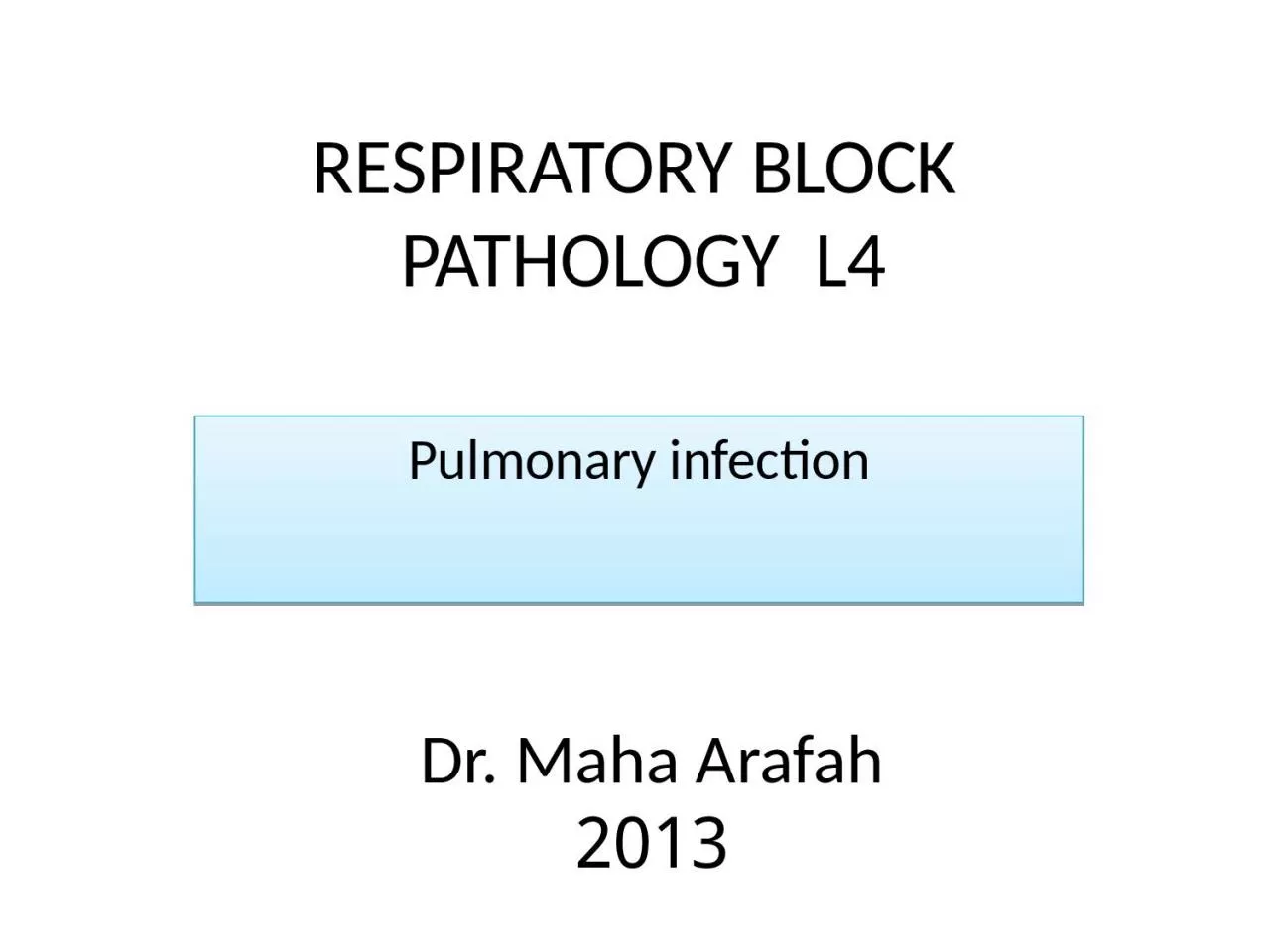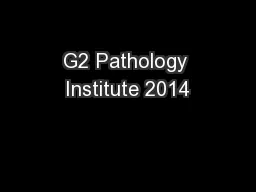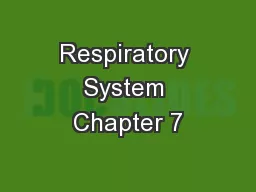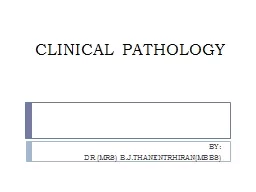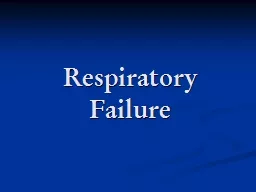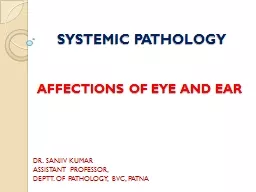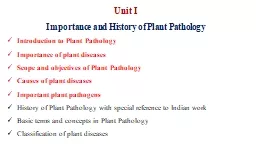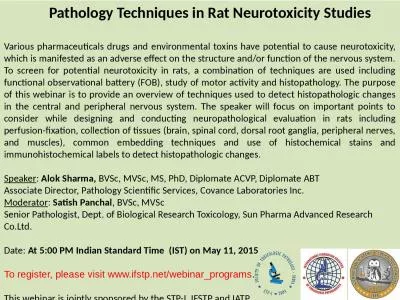PPT-RESPIRATORY BLOCK PATHOLOGY L4
Author : isabella2 | Published Date : 2024-01-03
Pulmonary infection Dr Maha Arafah 2013 At the end of this lecture the student should be able to A Understand that pneumonia is an inflammatory condition of
Presentation Embed Code
Download Presentation
Download Presentation The PPT/PDF document "RESPIRATORY BLOCK PATHOLOGY L4" is the property of its rightful owner. Permission is granted to download and print the materials on this website for personal, non-commercial use only, and to display it on your personal computer provided you do not modify the materials and that you retain all copyright notices contained in the materials. By downloading content from our website, you accept the terms of this agreement.
RESPIRATORY BLOCK PATHOLOGY L4: Transcript
Download Rules Of Document
"RESPIRATORY BLOCK PATHOLOGY L4"The content belongs to its owner. You may download and print it for personal use, without modification, and keep all copyright notices. By downloading, you agree to these terms.
Related Documents

